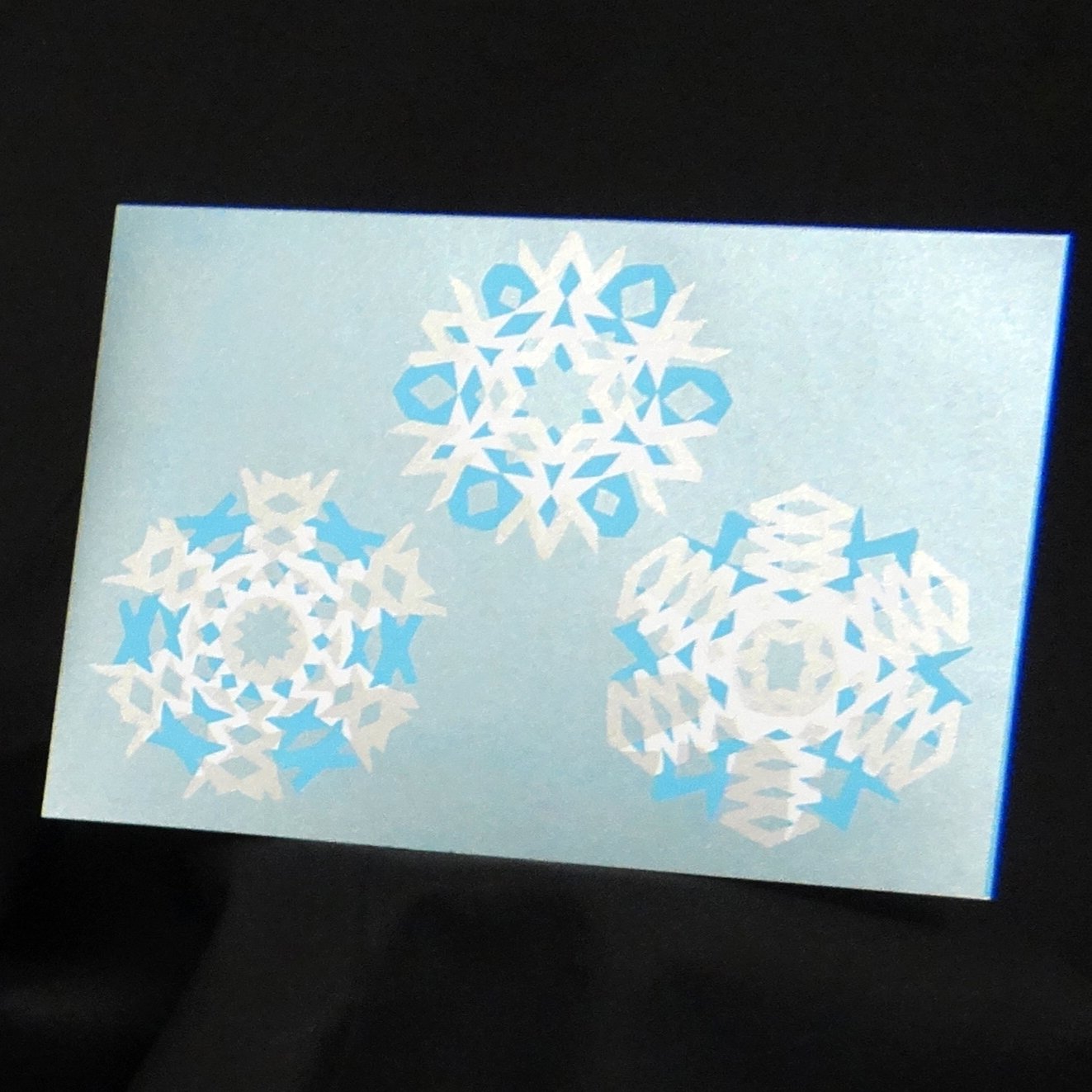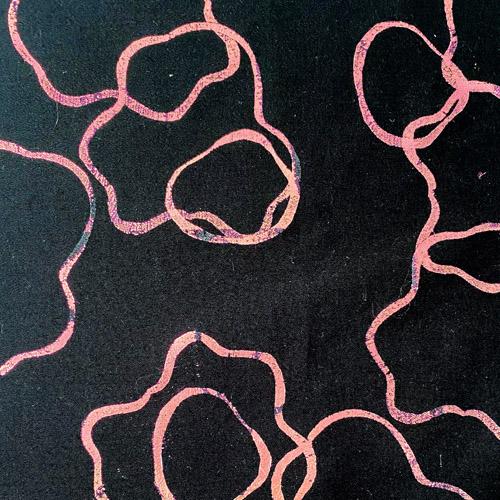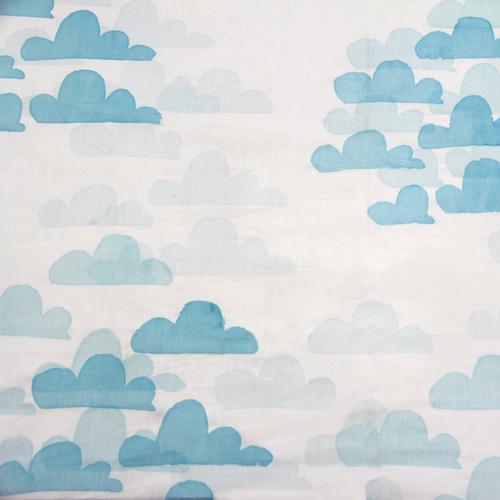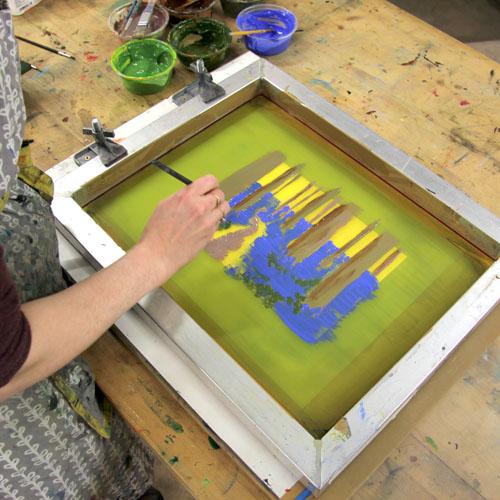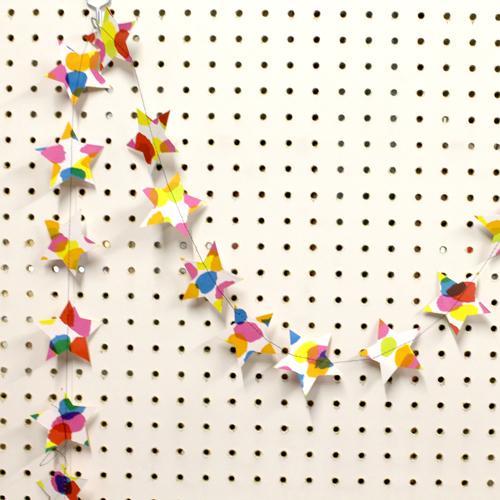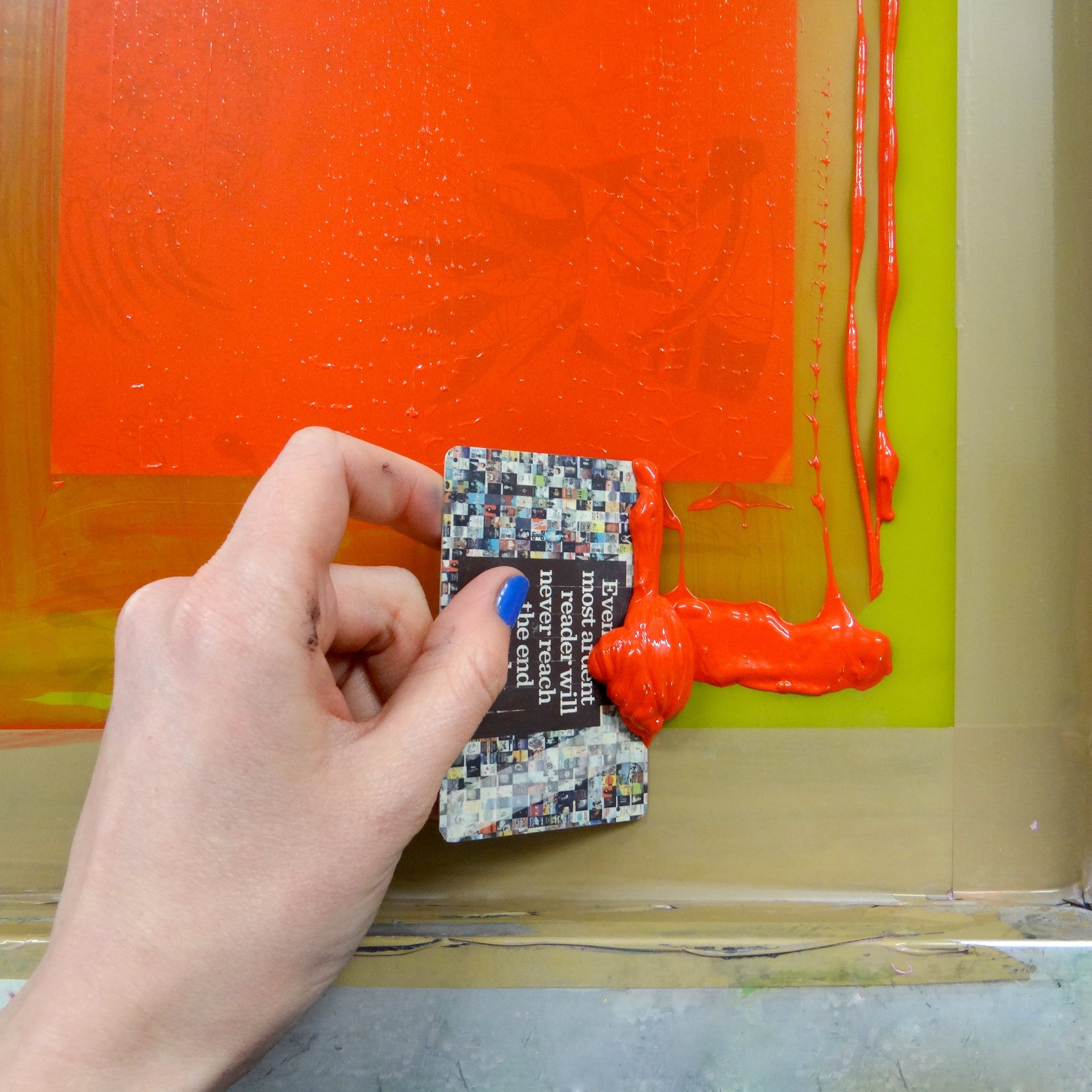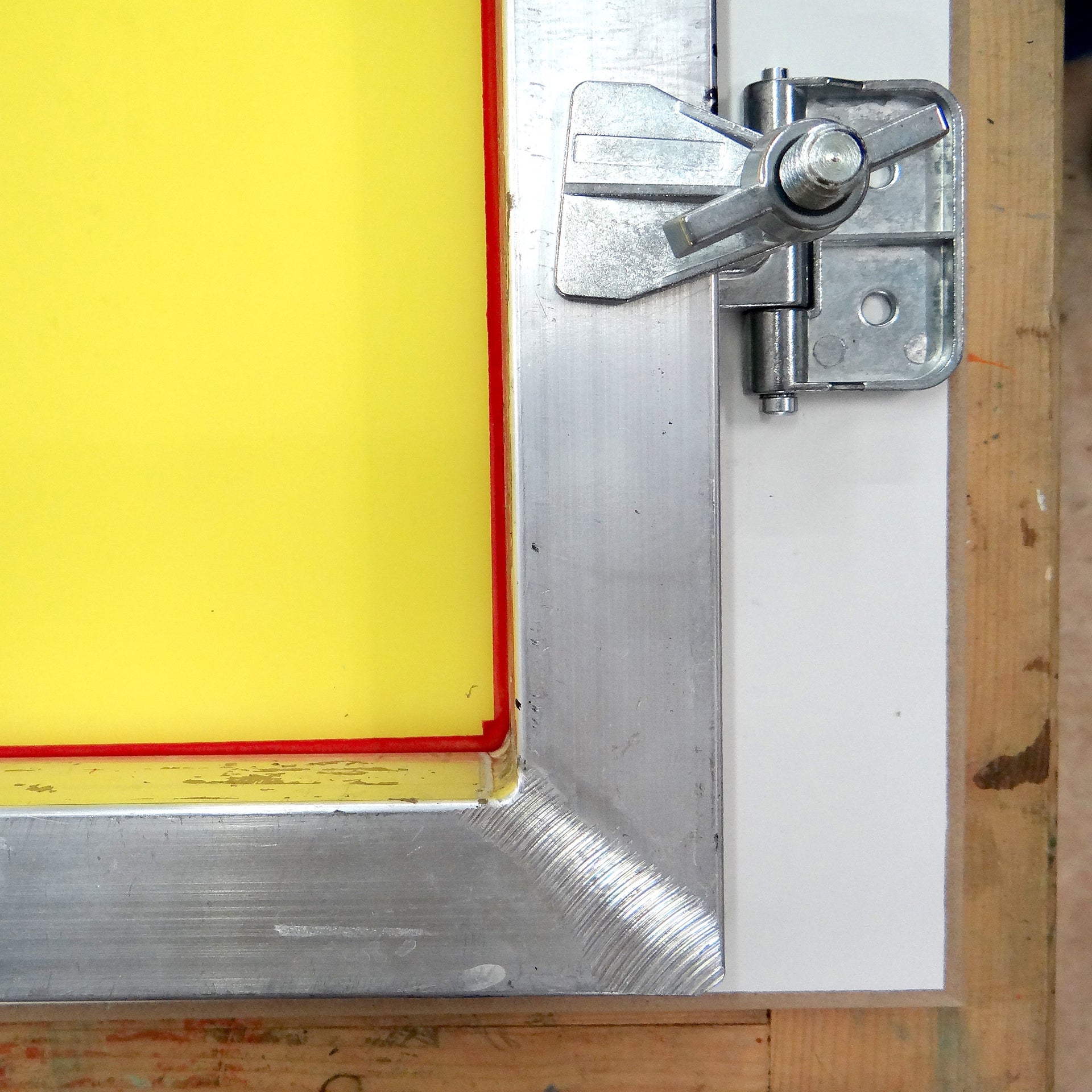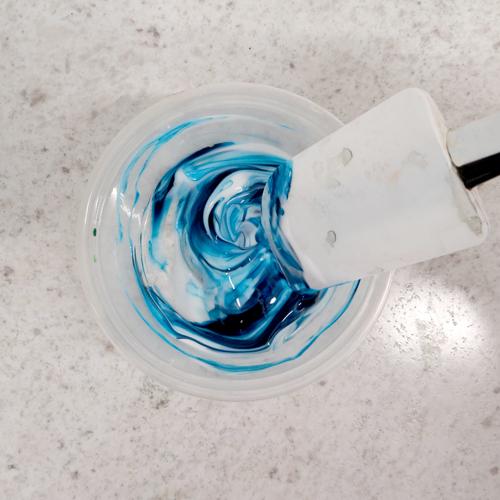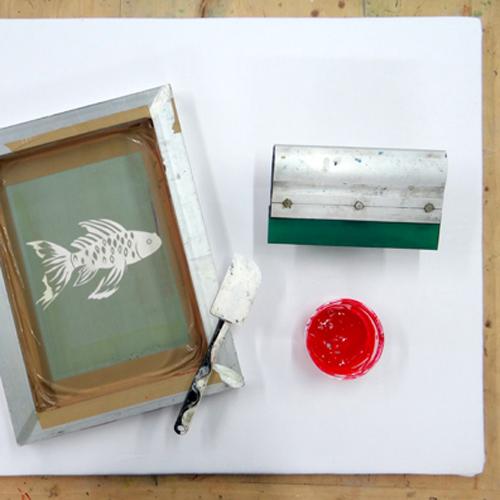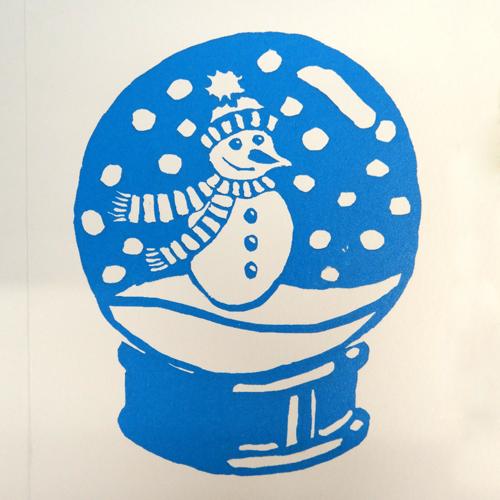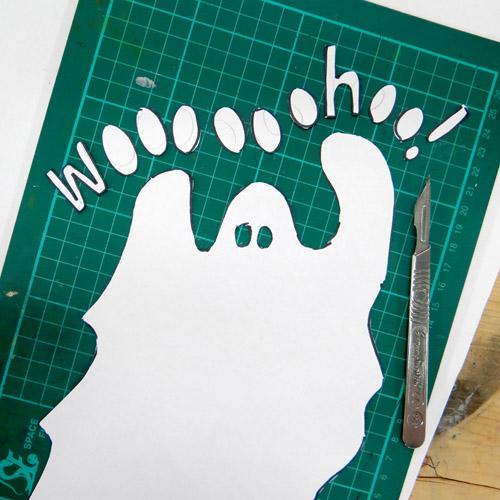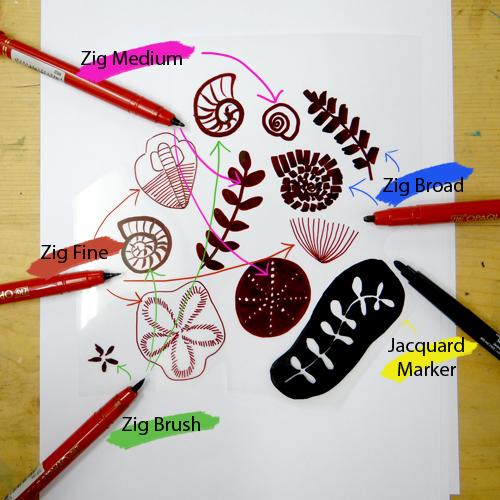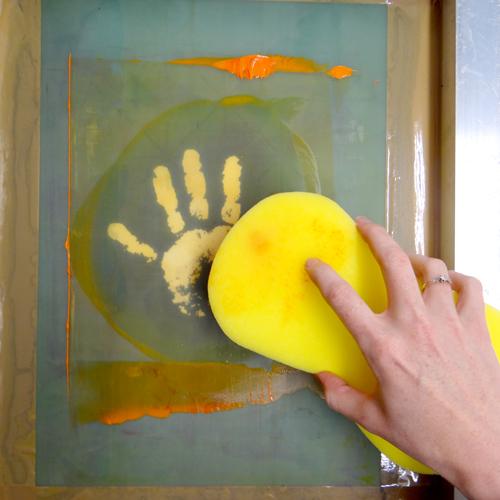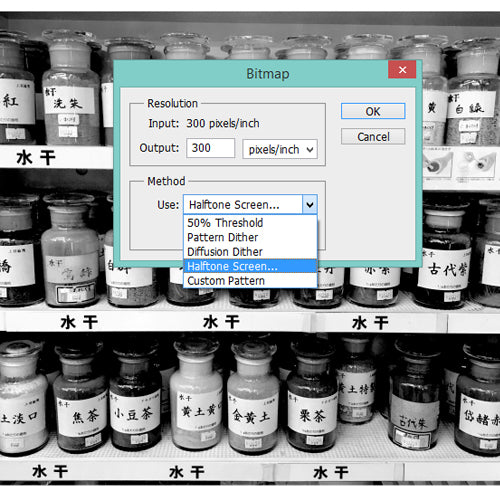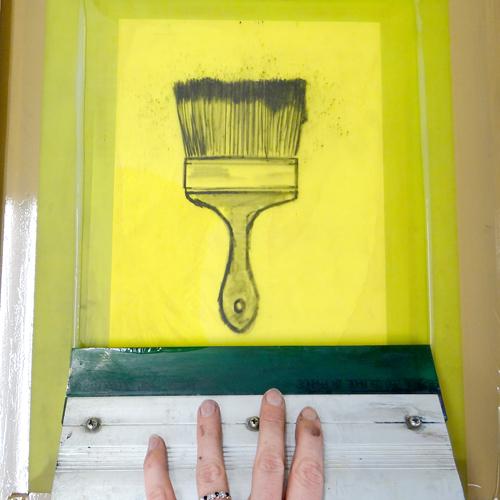Blog - Screen Printing
-
These cutout snowflakes make the perfect paper stencils for a screen printed card. Layered up with silver ink, these cards are so Christmassy, we couldn’t stop printing them! To make a snowflake, start with a small square of paper. Fold in half diagonally and then half again. Fold the left side towards the middle and …
-
Printmaking with metallics can add a real pop to your designs. There are a few different options to choose from when screen printing with metallics: pre-mixed metallic ink, metallic powder and textile foils. We’ve made this project using all three methods to show you the advantages of each one. We cut three paper stencils: one … Continue reading "Screen Printing Metallics: Ink, Powder or Foil?"
-
Mylar film is an extremely useful addition to your printmaking kit. It can be used to mask off areas when relief printing, as registration plastic for screen printing or even used to make stencils. In this project, we use mylar film to make a registration device and a mask for screen printing. Mylar film can … Continue reading "Setting up a Hinged Board for Screen Printing and Printing Using a Mylar Film Stencil"
-
Print maker and illustrator Tom Frost graduated from Falmouth College of Arts in 2001 returning to his hometown of Bristol to work as an illustrator for a number of years. He now divides his time between print making, restoring his tired Georgian house in rural Wales and raising a young family. In recent years he … Continue reading "Meet the Maker: Tom Frost"
-
We are really pleased to add rose gold to our textile foil collection. Foils add an extra shine to fabrics and work particularly well on dark coloured cloth. Read on for an easy screen printing foil project. Start by cutting a paper stencil. 80gsm copy paper works perfectly – this is a great use of … Continue reading "Rose Gold Textile Foil"
-
This week’s blog post has been created with Sophie, our fantastic work experience student! Over this past week, I have been doing work experience. It has been an amazing opportunity and I have leant some great new skills. Yesterday I tried screen printing, I drew out my own designs which I used in three different … Continue reading "Screen Printing onto Fabric with Translucent Colours"
-
Mono-screen printing is a great way of loosening up your printing style and producing a series of quick, spontaneous prints. Use as a standalone technique or in conjunction with photographic exposed screens, paper stencils and more. We are using a screen that has been exposed using photo emulsion to leave an open rectangle of mesh … Continue reading "Mono-Screen Printing"
-
Shirley’s star garland is a beautiful and colourful addition to your home this Christmas! Begin with several sheets of stars – print Shirley’s star template A4 page here. This long garland used 8 sheets of stars. Use whatever paper that can go through your printer – Shirley is using Kent which is thin enough to … Continue reading "Handprinted Christmas Project: Shirley’s Star Garland"
-
One of the great things about printmaking is that one design can be used to create a whole edition of prints. That being said, editioning is something that some printmakers can find frustrating if you just want to get on with the next design! Knowing how to edition, sign and number your prints can be …
-
There are many objects that can be gathered from around the house to add to your printmaking kit! Here are some of our favourite alternative uses for easily found objects that we use in the studio every day! Use clips on your hinged screen for an easy squeegee rest: Securing two large clips to your …
-
Using a hinged board to screen print onto paper is a game changer. It allows you to register layered prints and print in identical editions. Here’s how we made our latest batch of A2 hinged boards in the studio: You will need a board at least the same width and slightly longer than your screen...
-
Making your own inks for screen printing onto fabric is an economical way to get a wide range of colours exactly to your specifications. The mixed inks will leave the fabric soft and washable. Here’s how to mix them: Start with Fabric Screen Printing Binder. This is a colourless screen printing medium and will form the … Continue reading "How to Mix Pigment and Binder to Screen Print onto Fabric"
-
Having a fabric printing pad makes a huge difference when you’re printing at home or in the studio. When screen printing or block printing onto fabrics, it helps to have slight padding underneath your printing surface to ensure you get an even print. You can also pin out fabric to the pad. We use these …
-
This is a really fun way of making a big batch of Christmas cards. Making a screen with drawing fluid and filler maintains a hand-drawn look whilst giving a flat professional finish that’s the same on every card. Here’s how: Draw around a blank card onto a piece of paper. Draw your design in the …
-
If you’re a Halloween lover this project is for you! We’ve had a go with Speedball’s Acrylic Night Glo Ink and made our own glow in the dark Halloween poster. This ink really gives your prints a twist – it would be great for children’s (or adults’!) bedrooms too. This project uses paper stencils to …
-
Translating drawings into print doesn’t have to include scanning and digitally manipulating your design on a computer. By using opaque film markers onto screen film we are able to skip the digital part altogether and create a photographic screen directly from the drawings you produce. This allows you to work in full scale, even tracing…
-
It’s important to take care of your exposed screen so that it can last for multiple print runs. With proper care, you should be able to use your screen again and again until you’re ready to have it washed off and a new design exposed. Read on for a list of rules and advice …
-
We often talk about creating digital images to make exposed screens but there are a lot of ways to use hand drawn designs that bypass the need for computers at all – hooray! Grain Mark Screen Film allows you to draw directly onto a screen film whilst maintaining all your lovely textural marks. Charcoal and … Continue reading "Screen Printing Hand Drawn Designs with Grain Mark Screen Film"
-
People often want to screen print photographic images and hope to use black and white photographs for this. To do this you need an exposed screen. The way screen printing works is the mesh either has to be open or closed (ink passes through the open areas but cannot pass through the closed areas) therefore …
-
When we think of screen printed artwork we tend to see bold areas of bright colour and graphic lines but there are lots of different styles that can be achieved. By using graphite directly onto the mesh of a screen we can create loose, printed sketches that can be used for layering or as prints … Continue reading "Screen Printing a Graphite Drawing"

